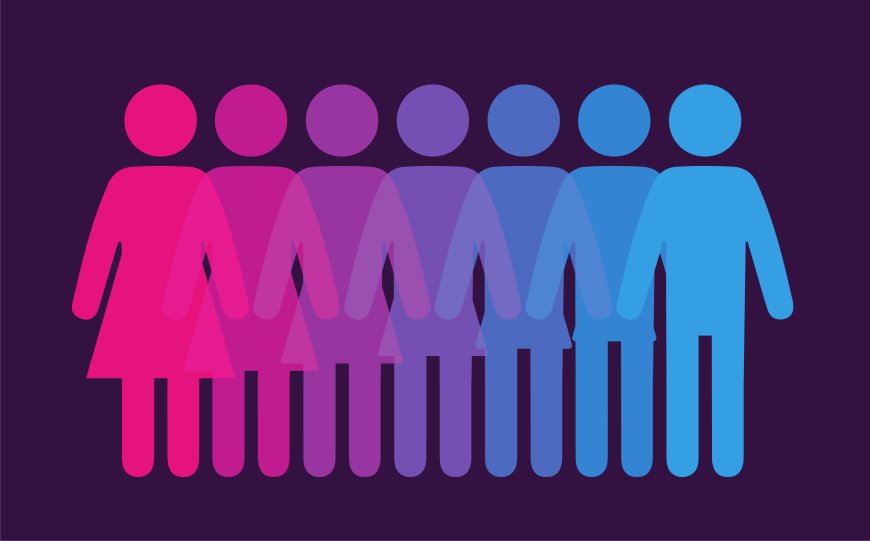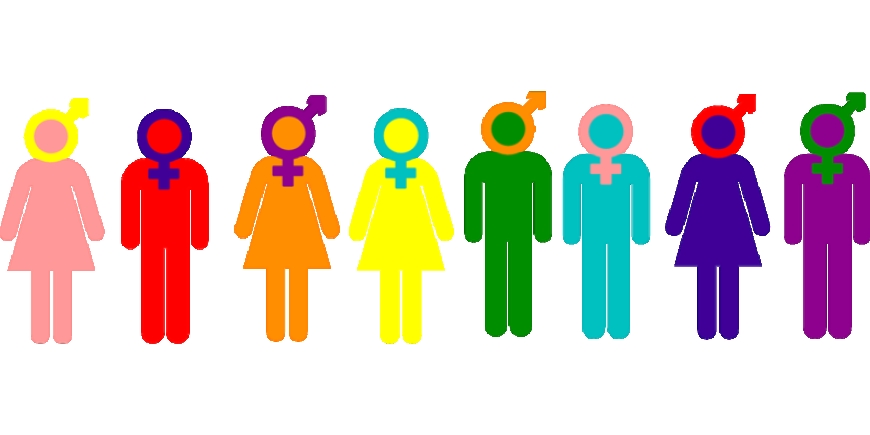The Impact of Socioeconomic Status on Sexual Rights and Expression
Explore how socioeconomic status influences sexual rights and expression worldwide, shaping access to education, healthcare, and freedom to express sexual identity.

The Impact of Socioeconomic Status on Sexual Rights and Expression
Socioeconomic status (SES) profoundly shapes individuals' experiences regarding sexual rights and expression, influencing access to education, healthcare, and freedom to live authentically. SES encompasses income level, educational attainment, employment status, and social class, all of which impact sexual health outcomes and opportunities for self-expression.
Access to Sexual Education and Information
One of the most significant ways SES affects sexual rights is through access to comprehensive sexual education. Individuals from higher socioeconomic backgrounds are more likely to attend schools with well-funded programs that provide accurate, inclusive information about contraception, consent, and sexual orientation. Conversely, those in lower SES brackets often face limited or inadequate sexual education, increasing risks of unintended pregnancies, sexually transmitted infections (STIs), and misinformation.
Healthcare Availability and Quality
Healthcare access is another critical factor influenced by SES. People with higher incomes and better education generally have more opportunities to obtain quality sexual health services, including STI testing, contraception, fertility treatments, and counseling. In contrast, lower SES groups often encounter barriers such as cost, lack of insurance, geographic distance from providers, and stigma, which hinder their ability to maintain sexual health and exercise sexual rights.

The Role of Economic Stability in Sexual Expression
Economic stability impacts how freely individuals can express their sexual identity and engage in relationships. Financial insecurity may limit participation in social communities, LGBTQ+ events, or access to gender-affirming care. Additionally, economic dependence on unsupportive families or partners can trap individuals in harmful or repressive situations, restricting their sexual freedom and well-being.
Intersectionality: SES, Race, and Sexuality
The intersection of SES with race and sexual orientation further complicates access to rights and expression. Marginalized racial groups often experience compounded disadvantages in education, healthcare, and employment, intensifying the challenges faced by LGBTQ+ individuals within these communities. Addressing these intersecting inequalities is vital for promoting equitable sexual rights.
Legal and Policy Implications
Socioeconomic disparities influence political power and access to justice, affecting the enforcement and recognition of sexual rights. Wealthier individuals and communities can advocate more effectively for inclusive policies, while marginalized groups may lack representation or face discrimination within legal systems. Ensuring equitable sexual rights requires addressing these systemic barriers.
Community and Social Support
Community resources and social networks often reflect SES divides. Supportive environments for sexual expression and rights are more prevalent in affluent areas, offering safe spaces, counseling, and activism opportunities. In contrast, lower-income neighborhoods might lack such infrastructure, increasing isolation and vulnerability among sexual minorities.
Challenges Faced by Low SES Individuals
Individuals in lower socioeconomic brackets frequently encounter obstacles including housing instability, food insecurity, and limited transportation, all of which exacerbate difficulties in maintaining sexual health and safety. These stresses can contribute to mental health challenges and reduce access to affirming care.
Opportunities for Change and Advocacy
Promoting sexual rights and expression requires targeted efforts to reduce SES-related barriers. Expanding affordable healthcare, implementing inclusive sexual education programs, and supporting grassroots organizations in underserved communities are essential steps. Policies must be designed to address the needs of economically marginalized groups to foster sexual equity.
Conclusion
Socioeconomic status is a crucial determinant of sexual rights and expression, influencing education, healthcare, legal protections, and social freedom. Addressing SES disparities is vital to ensuring that all individuals can exercise their sexual rights fully and safely, regardless of their economic background. By recognizing and tackling these inequities, societies can move toward greater sexual justice and inclusion.











